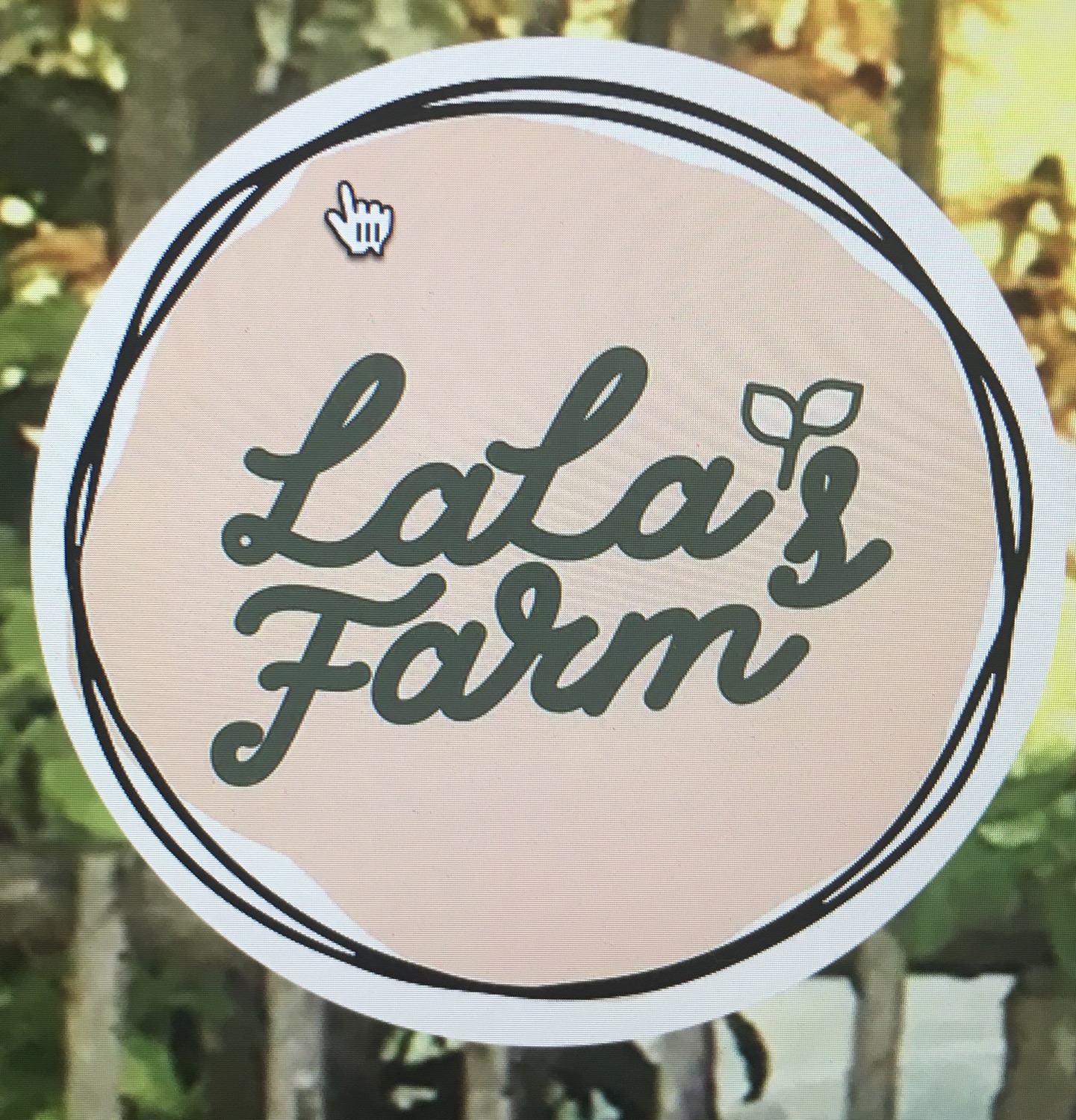"Starting Your Vermicompost Bin: A Beginner's Guide"
- LaLa

- Dec 3, 2023
- 2 min read
Updated: Feb 1, 2024

Starting Your Vermicompost Bin: A Beginner's Guide"
Introduction to Vermicomposting:
Briefly explain what vermicomposting is
and why it's beneficial for recycling kitchen waste and enriching soil.
Materials Needed:
Bin:
Choose a suitable container (plastic bin) with a lid.
Size considerations based on household waste production.
Bedding:
Shredded newspaper or cardboard.
Moisture-retaining materials like coconut coir or peat moss.
Composting Worms:
Red wigglers are commonly used.
Purchase from a reputable source.
Setting Up the Bin:
Drill Air Holes:
Provide ventilation by drilling small holes in the bin lid and around the sides.
Create Bedding Layer:
Add a layer of moistened bedding material at the bottom of the bin.
Fluff and loosen to create an inviting environment for worms.
Introducing the Worms:
Acclimating Worms:
Place worms on the bedding and allow them to burrow in naturally.
Start Slow:
Initially, feed worms small amounts of kitchen scraps.
Gradually increase the quantity as they settle in.
Feeding Your Worms:
What to Feed:
Fruit and vegetable scraps, coffee grounds, eggshells.
Avoid dairy, meat, and oily foods.
Balancing the Diet:
Provide a mix of greens (nitrogen-rich) and browns (carbon-rich).
Maintain a balanced carbon-to-nitrogen ratio.
Maintaining the Bin:
Monitoring Moisture:
Keep bedding moist but not waterlogged.
Adjust moisture levels as needed.
Turning the Bin:
Occasionally, turn the bedding to aerate and prevent compaction.
Harvesting Castings:
Harvest castings when the bedding turns into rich, dark soil.
Troubleshooting:
Odor Issues:
Adjust the moisture level or review the types of food added.
Fruit Flies or Other Pests:
Bury food scraps beneath the bedding.
Avoid overfeeding.
Using Vermicompost:
Harvesting Techniques:
Screen or separate worms from compost.
Collect the nutrient-rich vermicompost for use.
Applying in the Garden:
Mix vermicompost with soil or use it as a top dressing for plants.
Expanding Your Setup:
Scaling Up:
Tips on developing the vermicomposting system for increased capacity.
Considerations for managing more significant quantities of organic waste.
Final Tips and Encouragement:
Patience and Observation:
Vermicomposting may take time to establish.
Observe worm behavior and adjust as needed.
Share Your Success:
Encourage viewers to share their experiences and tips with the community.
This outline provides a step-by-step guide for beginners to start their vermicomposting journey. Feel free to customize it based on your audience's specific needs and level of familiarity with the topic







